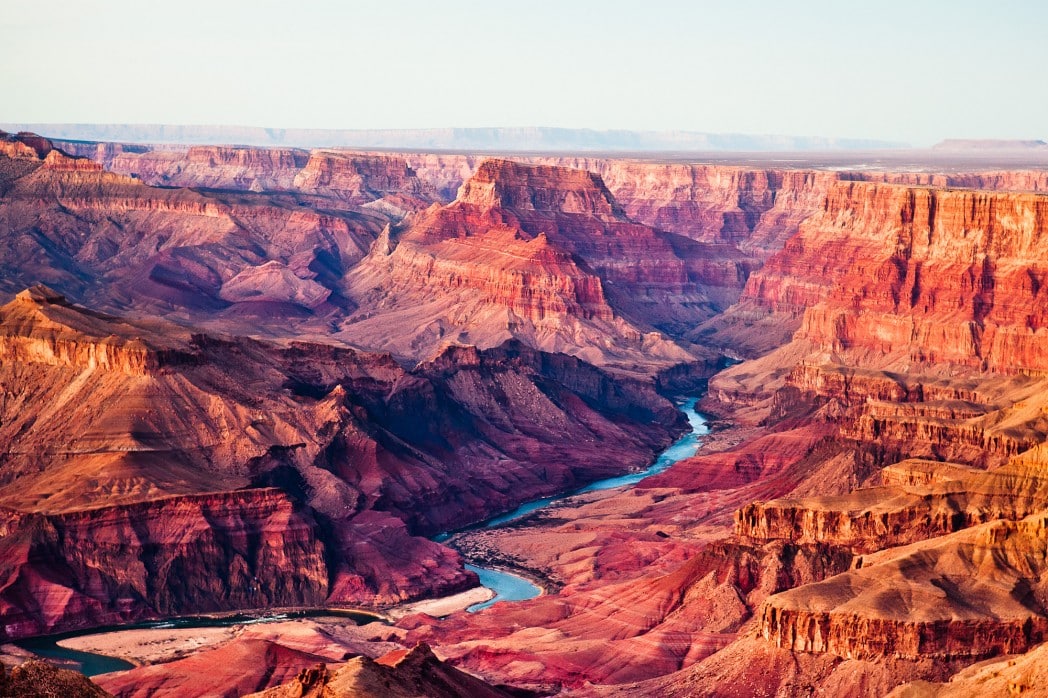The U.S. Climate Action Network is exactly as it sound, it is a network of climate action groups. The U.S. Climate Action Network (USCAN) is working to create a centralized database for all climate change action groups. There are hundreds of groups that are affiliated with this network. While this network doesn't act against climate change on the ground, it is helping other groups fight more efficiently. It does this by providing relevant information to all of these groups.
On the home page of USCAN's website you will watch three quotes appear,
- "Successful actions only become significant change when connected."
- "Actions are amplified through a network of networks."
- "Creating a transformative movement to solve climate change."
These quotes describe USCAN's goal quite clearly. USCAN is creating a "one-stop shop" for all climate change organizations. They are looking to connect all climate change organizations and help them fight climate change as one. The members of this network have a member only website that provides them with endless amounts of information. There is more about the network in the About Membership section on their website.
This blog post is suppose to, "identify ways that secondary students might 1) work with the group, 2) borrow the group’s strategies for activities they could undertake, and 3) analyze the groups methods, approaches, or materials." However, the U.S. Climate Action Network is just a network of climate action organizations. Therefore, you wont be able to work with the group because it is a network of other groups. The student will have to work with the members of this network instead.
One thing the student could do to address number 2, is create a website that provides information about climate change to the public. They could periodically update his/her website, making sure the information shared is relevant and up to date. This is a way the student could borrow the network's strategies.
As for number 3, "analyze the groups methods, approaches, or materials", USCAN's method is simple, provide information to other climate action organizations. USCAN is not directly involved with the actions that are taking place. USCAN is a place for other organizations to come and find any information about all things climate change. They are striving to unify the individual groups and allowing them to come to a consensus on how to fight climate change.
One thing the student could do to address number 2, is create a website that provides information about climate change to the public. They could periodically update his/her website, making sure the information shared is relevant and up to date. This is a way the student could borrow the network's strategies.
As for number 3, "analyze the groups methods, approaches, or materials", USCAN's method is simple, provide information to other climate action organizations. USCAN is not directly involved with the actions that are taking place. USCAN is a place for other organizations to come and find any information about all things climate change. They are striving to unify the individual groups and allowing them to come to a consensus on how to fight climate change.
There are more descriptions about other climate action organizations on our Wiki.












